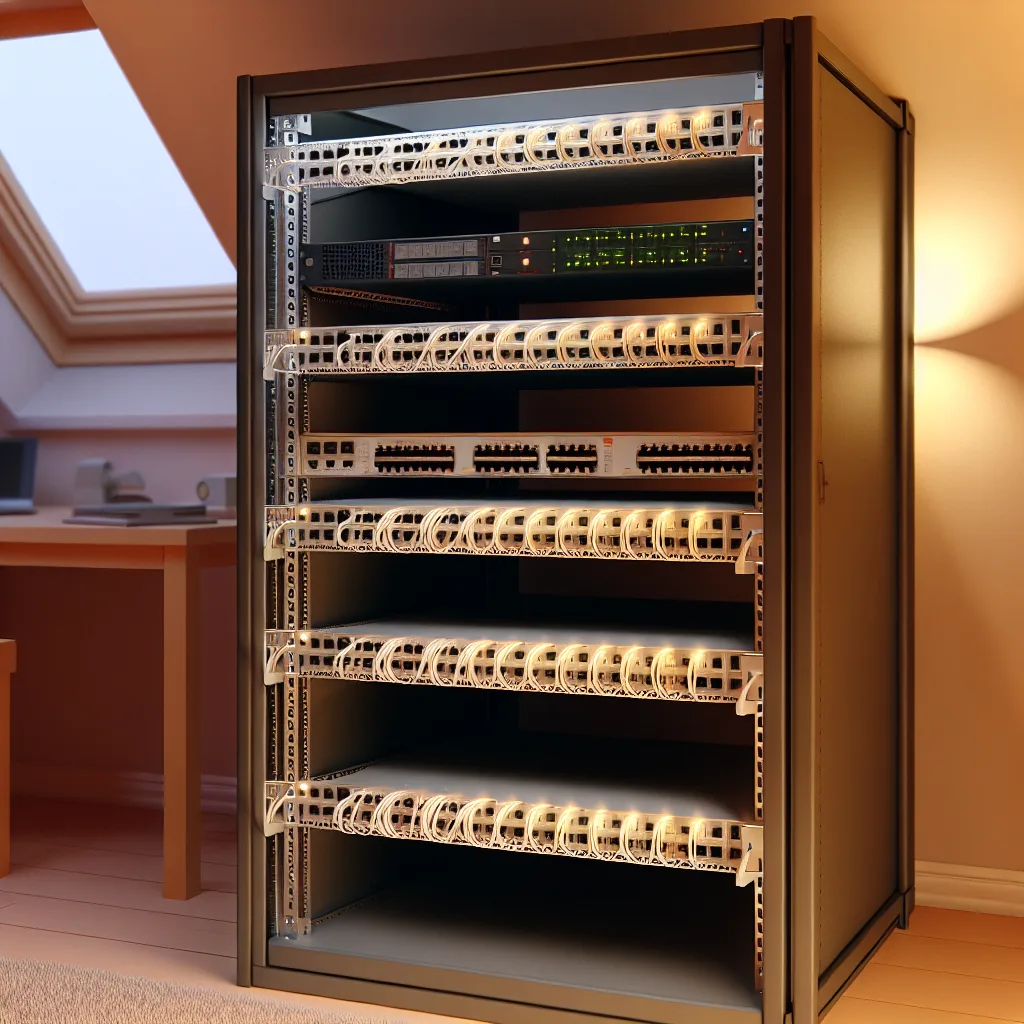Why switching from a plywood rack to a real setup changed the game for my gear
If you’re like me and have been using a makeshift setup for your gear, you’ll know how satisfying it feels to finally upgrade to something proper. After nearly a decade of relying on a homemade plywood rack, I finally decided it was time to give my equipment a proper home. This equipment rack upgrade wasn’t just about aesthetics—it made a real difference in how I manage and maintain my setup.
Why I Needed an Equipment Rack Upgrade
My old plywood rack served me well, but it was always a bit of a patchwork solution. It held my network switches, servers, and other equipment, but it wasn’t designed for this kind of use. Over time, the structure showed signs of wear and the setup started to feel cramped and harder to manage. Plus, having a proper rack opens up possibilities for better airflow, easier cabling, and more organized equipment layout.
One funny side note: I had a TP-Link switch hanging around that actually wasn’t doing anything anymore. It was part of my old setup, but since upgrading, it’s just sitting there—a reminder of how far my network has come.
Choosing the Right Rack
When I started looking for a proper equipment rack, I wanted something sturdy but not overly complicated. Two main options stood out: an open-frame rack or an enclosed cabinet. I opted for a basic open-frame rack because:
– It’s easier to access equipment.
– Air circulation is naturally better.
– It’s usually more affordable.
If you’re interested in rack options, manufacturers like StarTech and Black Box have excellent guides and models for different needs.
Setting Up the New Rack
Moving all the equipment from my old plywood rack to the new one took a bit of time, but it was worth it. I had to rerun some cables for better management and added cable ties to keep things tidy. The difference in airflow was immediately noticeable—I didn’t feel that heat build-up that used to bother me.
Having everything mounted on a purpose-built rack also made it easier to identify and troubleshoot gear. If a device needs replacing or upgrading, it’s a straightforward task now instead of a complex puzzle.
Benefits of an Equipment Rack Upgrade
- Improved organization: Your gear isn’t just piled up anymore; everything has its place.
- Better cooling: Proper racks allow air to flow, getting rid of hot spots.
- Simplified maintenance: Easier access means less hassle when swapping or fixing gear.
- Scalability: Ready for future upgrades without needing a complete overhaul.
For those curious about more technical aspects like airflow management and rack power options, articles on Network World and Cisco’s documentation offer in-depth insights.
Final Thoughts
Upgrading my equipment rack was one of those small decisions that made a big impact. It’s not just about having a fancy piece of furniture—it’s about making your gear easier to manage and extending its lifespan. If you’ve been using a rough setup like a plywood rack, I highly recommend looking into a proper equipment rack upgrade. Your gear will thank you.
And hey, if you still have that old TP-Link switch doing nothing, maybe it’s time to finally retire it or put it to use somewhere else!
